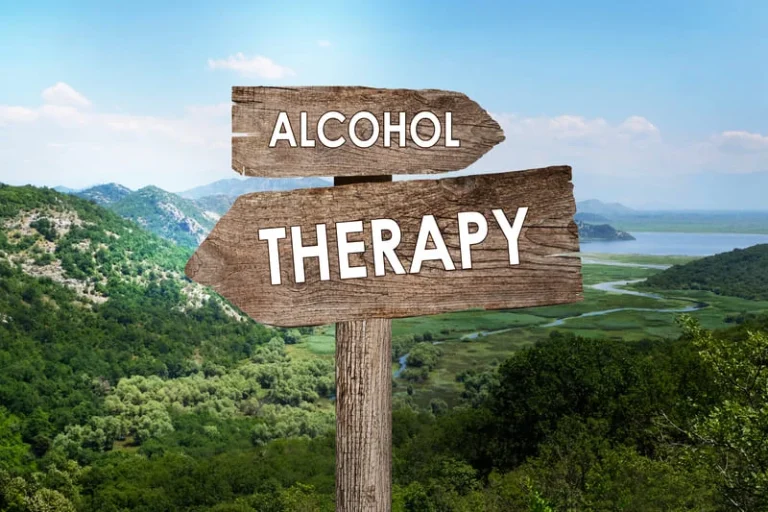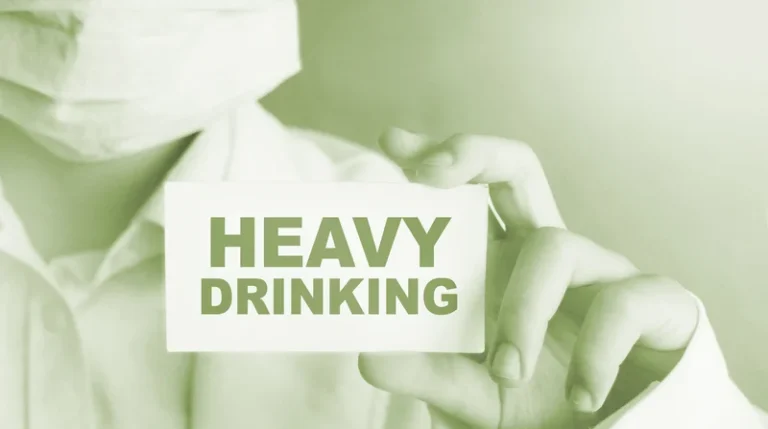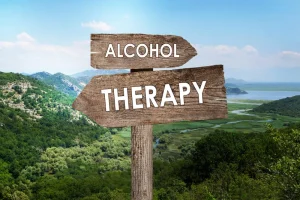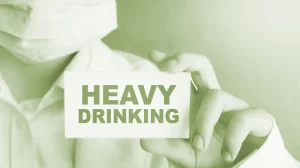
A strengths-based, person-centered approach acknowledges and addresses clients’ problems, but doesn’t let these problems drive clients’ or counselors’ expectations for what clients can ultimately achieve in recovery. Several leading theorists of the strengths-based model have articulated principles relevant for counseling people recovering from problematic substance use. Several studies over the past two decades have evaluated the reliability and predictive validity2 of the RP model as well as the efficacy of treatment techniques based on this model. One recent large-scale research effort assessing the RP model was the Relapse Replication and Extension Project (RREP), which was funded by the National Institute on Alcohol Abuse and Alcoholism (Lowman et al. 1996). This collaborative research project evaluated the reliability of raters’ categorizations of high-risk situations using Marlatt’s taxonomy and assessed whether a prior situation could predict future lapse episodes. Another example is Taylor, who has been doing a wonderful job taking walks and engaging in healthier eating.

Relapse and the Hidden Dangers Behind “One Drink Won’t Hurt”
- The past 20 years has seen growing acceptance of harm reduction, evidenced in U.S. public health policy as well as SUD treatment research.
- Indeed, this argument has been central to advocacy around harm reduction interventions for people who inject drugs, such as SSPs and safe injection facilities (Barry et al., 2019; Kulikowski & Linder, 2018).
- For example, Miller and colleagues (1996) found that although mere exposure to specific high-risk situations did not predict relapse, the manner in which people coped with those situations strongly predicted subsequent relapse or continued abstinence.
- This taxonomy includes both immediate relapse determinants and covert antecedents, which indirectly increase a person’s vulnerability to relapse.
- Furthermore, abstinence remains a gold standard treatment outcome in pharmacotherapy research for drug use disorders, even after numerous calls for alternative metrics of success (Volkow, 2020).
- Recovery-oriented counseling calls for counselors to possess certain competencies to work with clients effectively and empathetically.
Even when alcohol’s perceived positive effects are based on actual drug effects, often only the immediate effects are positive (e.g., euphoria), whereas the delayed effects are negative (e.g., sleepiness), particularly at higher alcohol doses. Asking clients questions designed to assess expectancies for both immediate and delayed consequences of drinking versus not drinking (i.e., using a decision matrix) (see table, p. 157) often can be useful in both eliciting and modifying expectancies. With such a matrix, the client can juxtapose his or her own list of the delayed negative consequences with the expected positive effects. Marlatt and Gordon (1985) have proposed that the covert antecedent most strongly related to relapse risk involves the degree of balance in the person’s life between perceived external demands (i.e., “shoulds”) and internally fulfilling or enjoyable activities (i.e., “wants”).
- This collaborative research project evaluated the reliability of raters’ categorizations of high-risk situations using Marlatt’s taxonomy and assessed whether a prior situation could predict future lapse episodes.
- Addressing the AVE in the context of addiction treatment involves helping people develop healthier coping strategies and challenging negative beliefs that contribute to addiction.
- The AVE occurs when a client is in a high-risk situation and views the potential lapse as so severe, that he or she may as well relapse.
- The results reported in the RREP study indicate that the original relapse taxonomy of the RP model has only moderate inter-rater reliability at the highest level of specificity, although reliability of the more general categories (e.g., negative affect and social pressure) was better.
Navigating The Road To Recovery

Marlatt, in particular, became well known for developing nonabstinence treatments, such as BASICS for college drinking (Marlatt et al., 1998) and Relapse Prevention (Marlatt & Gordon, 1985). Like the Sobells, Marlatt showed that reductions in drinking and harm were achievable in nonabstinence treatments (Marlatt & Witkiewitz, 2002). AA was established in 1935 as a nonprofessional mutual aid group for people who desire abstinence from alcohol, and its 12 Steps became integrated in SUD treatment programs in the 1940s and 1950s with the emergence of the Minnesota Model of treatment (White & Kurtz, 2008).
How euphoric recall and fading effect bias can create a false sense of control.
- This process may lead to a relapse setup or increase the client’s vulnerability to unanticipated high-risk situations.
- It emphasizes client resilience and functioning instead of client weakness and pathology.
- There has been little research on the goals of non-treatment-seeking individuals; however, research suggests that nonabstinence goals are common even among individuals presenting to SUD treatment.
- Cognitive processes may include self-blame, rumination, and heightened self-awareness.
- This is an open-access report distributed under the terms of the Creative Commons Public Domain License.
Recurrence abstinence violation effect of substance use happens, but recovery-oriented counseling can help clients avoid it or confidently return to recovery when it does occur. The term “reliability” refers to the ability of a test or method to provide stable results (e.g., when different patients are compared or different investigators rate the same patient). The term “predictive validity” refers to the ability of a test or method to predict a certain outcome (e.g., relapse risk) accurately.

When that person takes even one drink (”violating” their abstinence), the tendency is to think, “I really blew it…I’m a failure…might as well keep on drinking now! ” I refer to this as a case of the “screw-it’s” (although harsher language is not uncommon!); a sense of giving up. Promoting awareness of the Paul Wellstone and Peter Domenici Mental Health Parity and Addiction Equity Act (MHPAEA). This legislation,681 signed into law in 2008, mandates that mental and substance use disorder treatment benefits under group and individual health insurance plans be comparable to medical benefits in terms of financial requirements and treatment limitations.

We summarize historical factors relevant to non-abstinence treatment development to illuminate reasons these approaches are understudied. Additionally, the support of a solid social network and professional help can play a pivotal role. Encouragement and understanding from friends, family, or support groups can help individuals overcome the negative emotional aftermath of the AVE. Jim is a recovering alcoholic who successfully abstained from drinking for several months. One day, when he was faced with a stressful situation, he felt overwhelmed, gave in to the urge, and had a drink.

